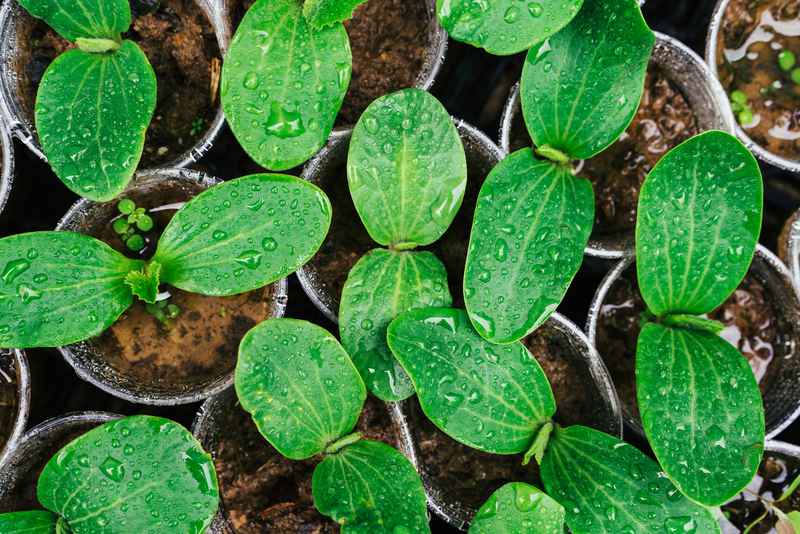As the frosty whispers of winter recede and spring firmly establishes itself, gardeners in Zone 7 are eagerly turning their thoughts towards the warm-weather delights of cucumbers, melons, and other summer vegetables. May is an excellent time for transplanting these seedlings into your garden, and with the right approach, you can ensure robust growth and a bountiful harvest. Let’s dive into how to transplant these summer favorites in Zone 7.
Why May?
In Zone 7, the last frost dates typically occur in early to mid-April, making May a safer month for transplanting tender seedlings like cucumbers and melons outdoors. The soil has warmed sufficiently, and the days are longer, providing the perfect conditions for young plants to thrive.
Preparing for Transplant
Before you even consider moving your seedlings outside, they need to be properly prepared. This process is called hardening off and is crucial to help them adjust from the protected indoor environment to the elements outdoors.
- Hardening Off: Begin about 7-10 days before your intended transplant date. Place seedlings outdoors in a sheltered area for a few hours each day, gradually increasing their exposure to sunlight and wind. Be sure to bring them back inside in the evening to protect them from late-season chills.
- Site Selection and Soil Preparation: Both cucumbers and melons thrive in full sunlight and well-drained soil. Choose a site that receives at least 6-8 hours of direct sunlight per day. Prepare the soil by incorporating generous amounts of compost or well-rotted manure to improve fertility and drainage.
Transplanting Step-by-Step
Once your seedlings are hardened off and the site is prepared, it’s time to transplant.
- Timing: Choose a cloudy day or late afternoon to transplant, as cooler temperatures reduce stress on the plants.
- Spacing:
- Cucumbers: Plant seedlings 36-48 inches apart in rows, with the rows spaced 4-5 feet apart. If you’re using trellises, space plants about 18 inches apart.
- Melons: Space seedlings 36-72 inches apart, depending on the variety. Larger vine types need more space between plants.
- Planting:
- Dig a hole for each seedling large enough to comfortably accommodate the root ball.
- Remove the plant from its pot by tipping it upside down, gently tapping the bottom, and easing the plant out.
- Place the seedling in the hole at the same depth it was growing in the container, which prevents stem rot.
- Fill the hole with soil, gently firming it down around the roots and water thoroughly.
- Post-Transplant Care:
- Provide an inch of water per week, more during particularly hot or dry spells.
- Mulch around the plants to retain moisture and suppress weeds.
- As the plants grow, consider supporting cucumbers with trellises and melons with straw under the fruits to keep them clean and deter rot.
Monitoring Growth
After transplanting, keep an eye on your plants for signs of stress, such as wilting or leaf discoloration. These could be indicators of insufficient water, nutrient deficiencies, or disease. Early detection allows you to address issues promptly, ensuring your plants remain healthy and productive.

